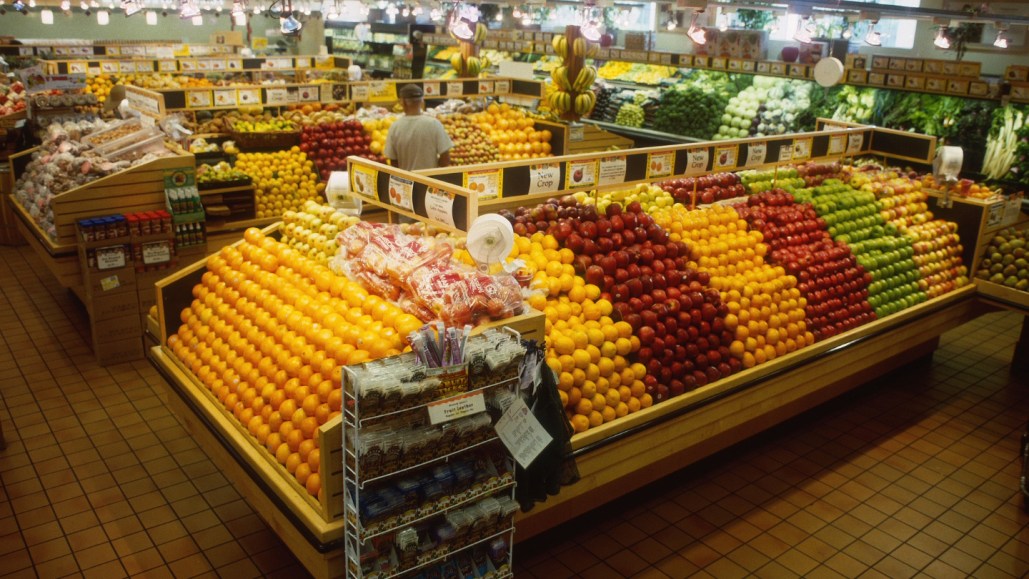The Maximum Amount of Fruit You Can Take from a Display Before It Collapses

Proceed with caution if you're planning to take more than 10 percent of the fruit from a structured produce display.
The sight of carefully arranged produce displays in grocery stores is common, but it's a complex process to determine how much fruit can be plucked before the entire structure disintegrates. A recent study, featured in the December edition of Physical Review E, has finally managed to find a solution.
Avalanches or landslides mirror the dynamics of collapsing fruit displays, making them an interesting subject of study, according to Eduardo Rojas, a physicist at the University of Antofagasta in Chile. The nonrandom, crystalline-like arrangement and the uniformity of size and shape in fruit displays simplify examining the effect of one fruit's removal on the entire structure.
Rojas and his team of researchers used computer simulations to model multiple angles of fruit stacks to ascertain the points of inevitable and instant collapses. Their simulation also gave them insights into the gradual structural integrity loss with the progressive removal of the fruit.
The team’s research findings suggest that a mere 10 percent removal of the fruit may lead to a collapse or 'fruit avalanche.' In practical terms, if a stack of 300 apples is reduced by 29, it would be advisable for the next customer to exercise caution before picking their fruit.
Noted physicist Arshad Kudrolli from Clark University in Worcester, Massachusetts, commented positively on their simulation model and its potential for broader application.
Rojas and his research team now aim to simulate stacks of objects of varying sizes arranged randomly at different angles, akin to piles of rocks that potentially cause dangerous rockslides.




